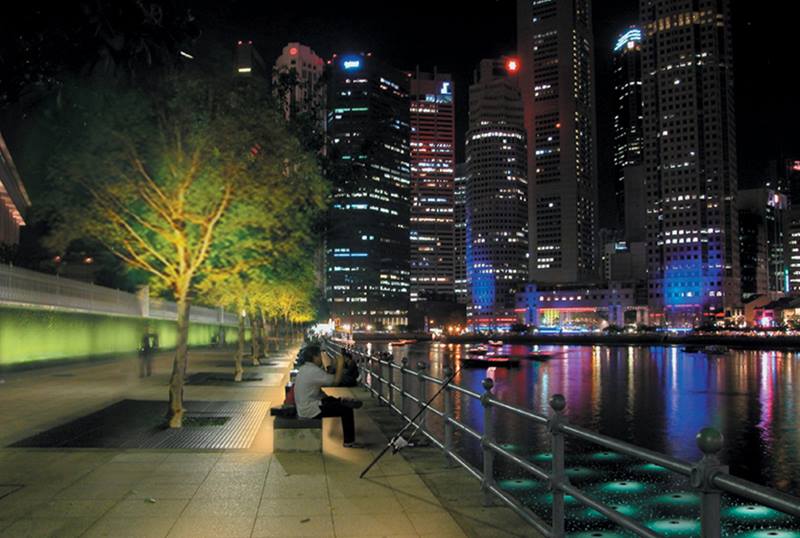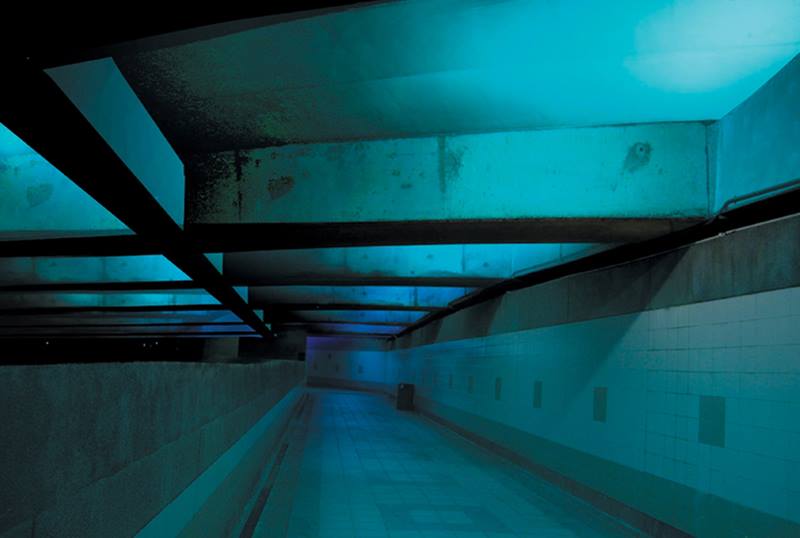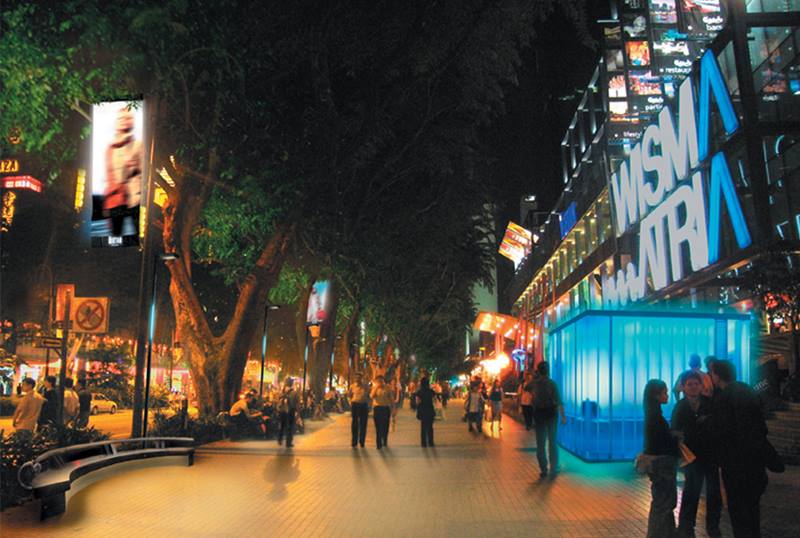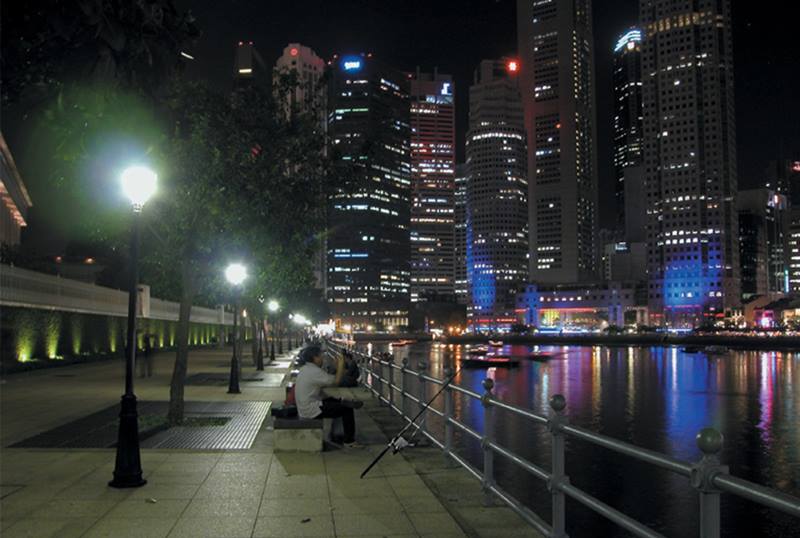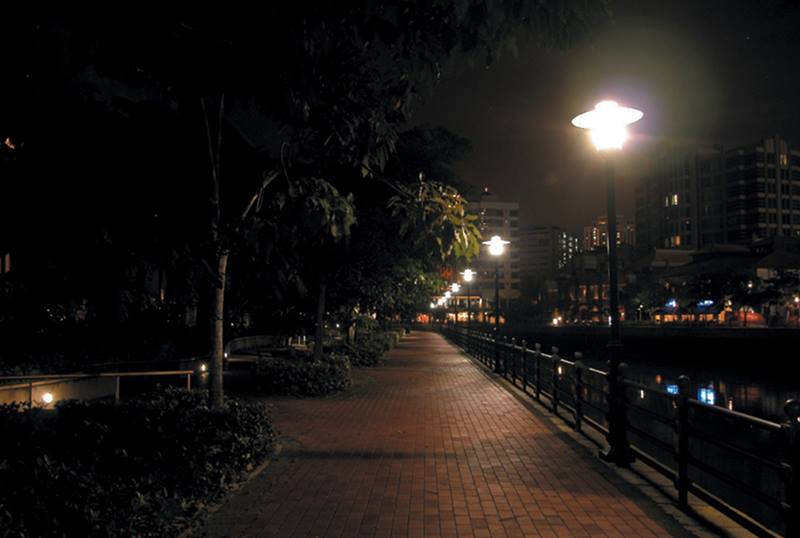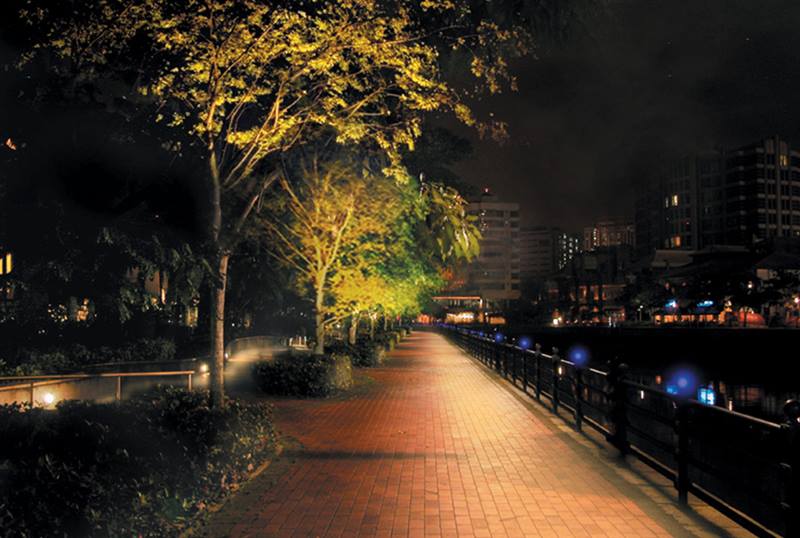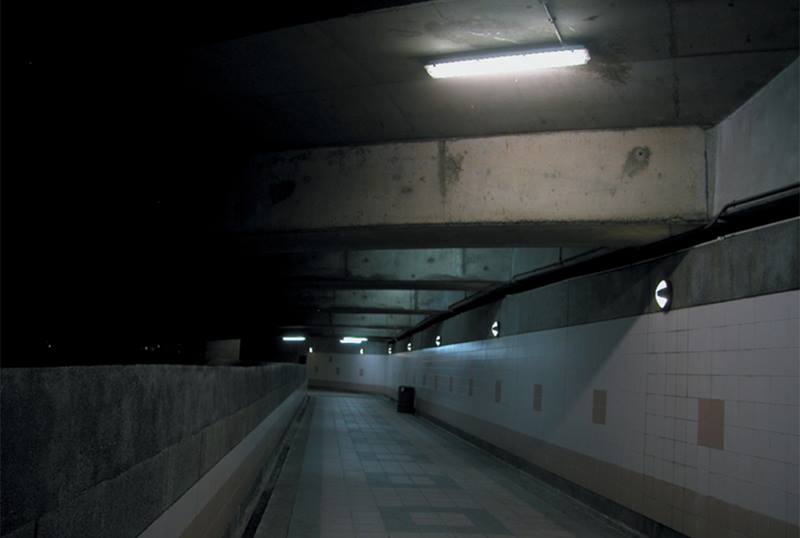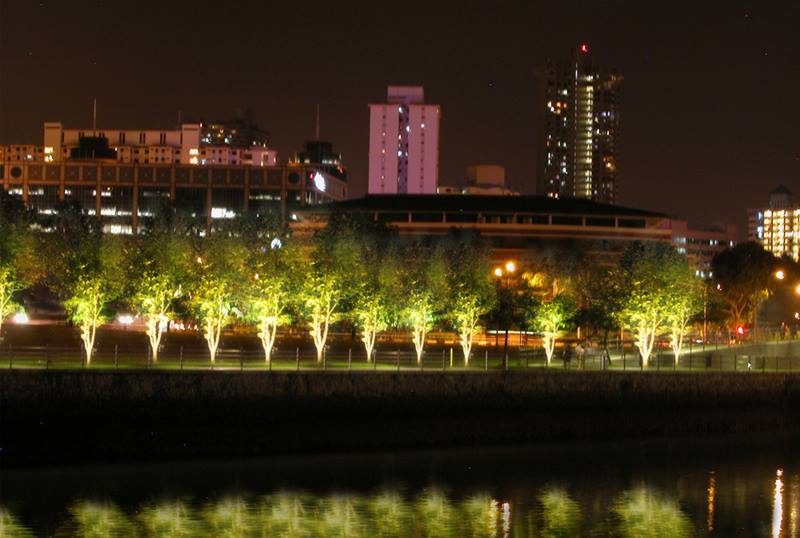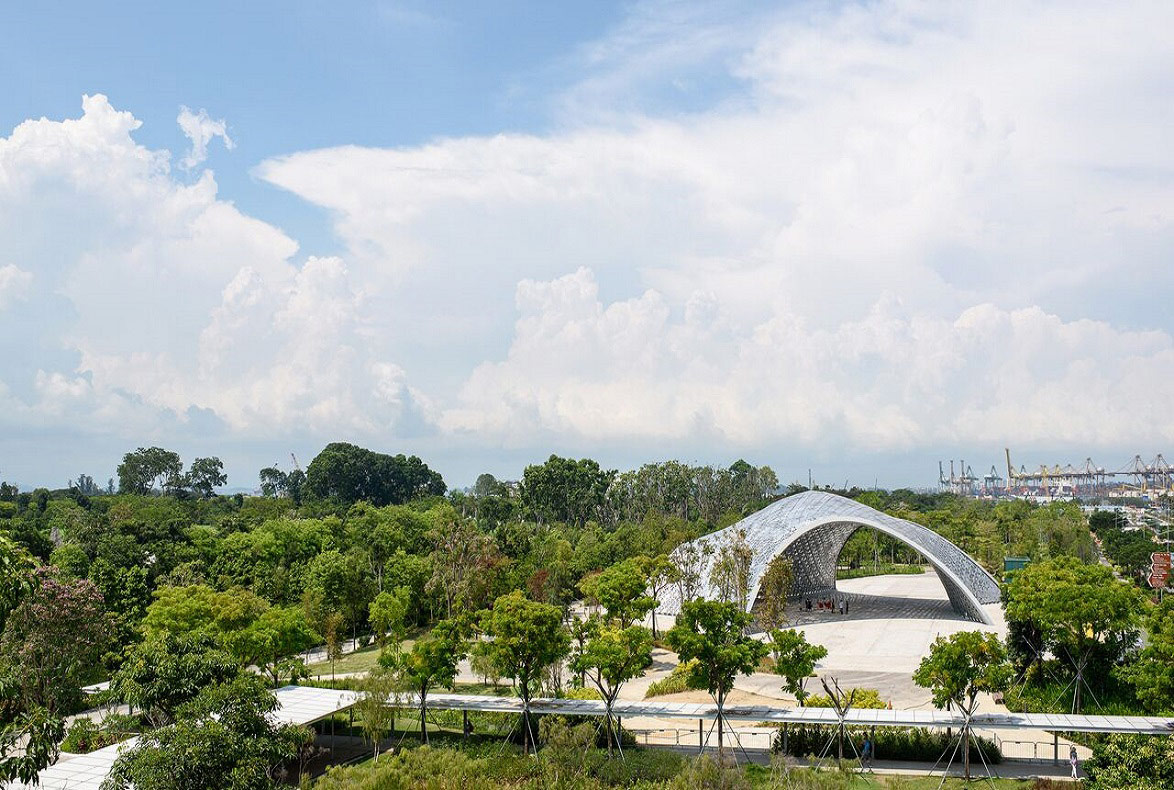* DESIGN OF
THE YEAR 2010
Lighting Masterplan for Singapore City Centre
Lighting Planners Associates (LPA) proposed to the Urban Redevelopment Authority (URA) its Lighting Masterplan for Singapore City Centre, an ambitious scheme to create an original and comfortable nightscape for downtown Singapore that did not emulate the West merely by providing safety and traffic security lighting.
The key areas covered in the Lighting Masterplan were Orchard Road, the Singapore River, Bugis, the Central Business District (CBD) and the Marina Bay. It adopted a holistic approach that was evocative and would leave a lasting impression on both residents and visitors to the city. The main objective was to create a vision of Singapore’s unique, tropical and cosmopolitan nightscape as it would look in 20 years’ time.
LPA consulted closely with the URA in a process of intensive and collaborative teamwork. Says Mr Mende, “We surveyed various international cities with diverse lighting environments and decided not to emulate the West. Each aspect of the lighting strategy was tested using mock-ups, simulations or renderings to get a real feel of how the existing spaces could be improved in terms of the user experience.”
While the URA was ostensibly the project client, Mr Mende believes that, ultimately, LPA’s clients were the citizens of Singapore. He says, “Through very intensive working sessions and dialogue with URA, we believe that our lighting plan was generated from the citizen’s point of view.”
In its approach, LPA focused on integrating lighting with existing and proposed architecture as well as landscape and water features rather than relying on the extensive use of light fixtures as separate objects. As Mr Mende puts it, “The uniqueness of the project rests on the interplay of light and shadow in the absence of glare to create a rhythm that is sublime yet perceivable to users.”
Due to Singapore’s tropical climate, high-tech environment and multi-cultural social fabric, the design approach evolved around requirements that were unique to the city. To address the tropical climate, the Masterplan included the use of white and bluish-white lights to create a cool ambience at dusk.
As lush tropical greenery is an important aspect of Singapore’s charm, giving expression to greenery at night was also central to the Masterplan. It also included a variety of lighting cultures to create an experiential and visual richness to highlight Singapore’s melting pot of different cultures.
To recreate the pattern of shadows found in daytime contrasts of sunlight and shade, the Masterplan also recommended creating a nightscape full of similar contrasts using a rhythmic lighting scheme. As the waterfront is an important point of attraction for tourists, lighting also enhanced Singapore’s waterscapes by drawing attention to the bay and riverside areas as places of recreation.
Each area in the Masterplan was given a unique lighting treatment. The Orchard Road lighting emphasised the character of the street as a world-class shopping experience in a tree-lined boulevard setting. Tree lighting, along with focal points at intersections, created a luminous axis from the perspective of both pedestrians and drivers. The scheme also recommended high-quality, long-life lamps with excellent colour rendering that would show people in natural colours, and shop-front lighting guidelines to create harmony.
For the Singapore River, the lighting aimed to bring out a sense of water, connect the three quays, create dynamic lighting for residual spaces such as bridge underpasses, and make the entire waterfront safer and visually exciting. For instance, one proposal was to illuminate the banks of the Singapore River with a winding wash of light to accentuate the meandering river at night. Energy-saving technology such as LED lights were proposed wherever feasible.
The lighting for Bugis was meant to be festive, dynamic and flexible. To achieve a vision of Bugis as a cultural melting pot with vibrancy, colour and a variety of activities, the lighting proposal highlighted landmarks and gateways, and created kinetic lighting environments with signage and graphics and other creative media.
The CBD and Marina Bay areas were to form a cosmopolitan, three-dimensional tropical nightscape reflecting a sophisticated business hub shining with white lights from the outside, and warm lighting from the inside to create a spectacular view from the bay.
All the proposals in the Masterplan were to be achieved using the latest energy-saving lighting technologies and lighting without glare; the integration of lighting with architecture and landscape; the vertical illumination of surroundings; and varying lighting operations to show the passage of time.
READ MOREABOUT THE DESIGNER
The design philosophy of Japanese design firm Lighting Planners Associates (LPA), which has an office in Singapore, revolves around
“learning from natural light”
as it strives to “create comfortable yet inspiring environments of daily life”. Kaoru Mende, Principal of LPA, recalls the flash of discovery that struck him in 1978: “I was exposed to the idea of lighting design as creating luminous environments and not simply designing lighting fixtures. The idea of designing relationships between light and people seemed to be a fascinating field to work in.”
READ MOREDESIGNER
Lighting Planners Associates
Kaoru Mende, Principal
Mari Kubota, Director
Reiko Kasai, Director
Emiko Nagata, Associate
Gaurav Jain, Associate
Insights from the Recipient
Citation
Jury Citation
From the initial look at the Recipient’s submission before the presentation, it was difficult to see the depth of thinking in something so fundamental as the lighting with which we live. However, the project was a demonstration of the excellent control necessary for such a huge undertaking as a lighting masterplan that aims to bring life back to parts of the city that were previously ignored or deserted.
This project will have a major impact on the lives of many Singaporeans. This work is on such an epic scale that it is best viewed not only from above but especially appreciated at street level. The guiding light of this endeavour is to give the many town planners, architects and social scientists a simple palette and a single-minded vision for the future of the city, from skyscraper rooftops to reflections in the harbour. The cleverness in this idea is that the lighting is designed so naturally and indigenously that it looks like it has always been there. The trick is not to “overlight” the city. In rewarding this design, the Jury hopes that the Recipient will use its design sensibilities and continue to tread that fine line of subtle lighting and not go overboard, which could quite easily happen.
A project on such an impressive scale and execution cannot go unnoticed or unrewarded. It may look deceptively utilitarian, yet on closer examination, it is aesthetically beautiful and has already enhanced the lives of many people who are benefitting from it, directly and obliquely. The Lighting Masterplan for Singapore City Centre is indeed worthy of the Design of the Year award.
VIEW JURORSNominator Citation
MR RICHARD HASSELL & MR WONG MUN SUMM
FOUNDING DIRECTORS
WOHA ARCHITECTS PTE LTD
The Lighting Masterplan for Singapore City Centre is an important design that is transforming the perception of the city of Singapore.
Lighting Planners Associates (LPA) is known for its sensitive, artistic approach to lighting and has demonstrated this at the level of buildings and large private developments previously. The Masterplan is significant in that it applies this sensitivity to entire precincts at the scale of the city. Their design is also highly practical, and increases safety, usability and legibility while beautifying the city.
LPA started the design process from a broad approach of considering the hot and humid climate, the scorching sun, lush greenery, the cultural melting point and the waterscape, then applied the approach in different ways so as to enhance the character and needs of each district – Orchard Road, the Singapore River, Bugis and the Central Business District (CBD) and Marina Bay area.
These areas were previously lit according to a code of practice that measures lighting adequacy as lux levels on the horizontal plane. While this provided a national standard minimum level of safety and functionality, the lack of a coordinated lighting scheme meant that the districts at night were lacking in individuality and character. Additionally, human perception of our environment is created through lighting on vertical surfaces, not the floor plane, something that is not required in the regulations at all. Lighting on vertical surfaces was therefore left to the private sector and each building was lit, or not, depending on the owner’s preference, with no coordinated lighting scheme at the street or neighbourhood level.
LPA’s scheme proposed a much more sophisticated response to the issue of public lighting, seeing a district as a lighting environment, with features to highlight, existing conditions to work with, and future aspirations to enable. Good lighting often goes unnoticed – free of glare, free of obvious lighting elements, attention is drawn to the landscape, building and activities. If lighting is obvious, it is probably poorly designed. LPA’s new lighting is excellent because it disappears, leaving the city centre stage.
The recently completed Orchard Road lighting shows the success of the new approach. Where previously the street lighting glared through the blackness of the trees, now the trees of Orchard Road form a green tropical canopy over the colourful activities below. Lighting poles accomplish many tasks simultaneously, uplighting the trees, lighting the footpath, spotlighting banners, and providing infrastructure for events. This multi-tasking feature reduces clutter and allows great flexibility in the seasonal events that make Orchard Road such a world-famous shopping street.
Similarly, the Singapore River was previously lit by lamp poles that, although providing functional lighting, created a sense of gloom due to the contrast between the glowing fixtures and the unlit surrounding surfaces. Now elements such as underpasses, stairs, bridges and even the water are exploited for their lighting potential.
A lighting masterplan in many ways seems an obvious thing to do. However, to fulfil such an ambition is not easy – public lighting occurs across multiple site boundaries, statutory requirements, complex overlapping jurisdictions and agencies, and private and public sectors, and there are many stakeholders to engage and satisfy.
Such masterplans are therefore notoriously difficult to bring to reality. Singapore is to be congratulated on having the sophistication to propose such an ambitious masterplan, the passion and ability to get the various stakeholders to work together to achieve it, and the legislative framework and operating organisation to maintain and operate such a scheme.
LPA has risen to the challenge of this unique opportunity with all its attendant complexity and difficulty, and has created a practical, beautiful, flexible and sophisticated lighting masterplan, of a quality equalling or exceeding that of any cosmopolitan city. As the Lighting Masterplan for Singapore City Centre is implemented slowly over time, Singapore by night is transforming into a world-class designed lighting environment that other cities will struggle to emulate.
